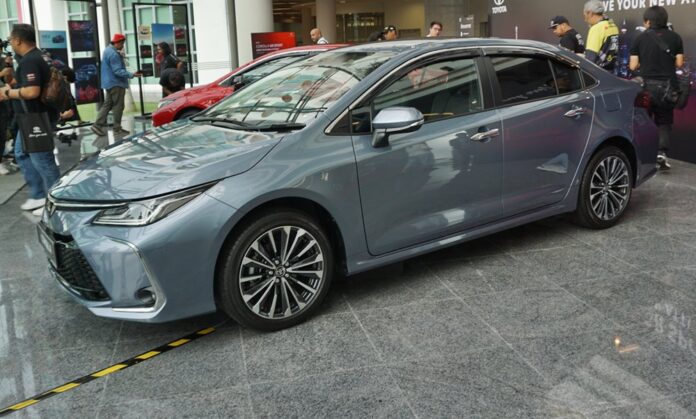Even models that sell well and are consistent favourites need a bit of updating periodically, especially in a competitive market where there are new rivals almost every month (and competitors have also improved their products).
So it has become a common practice that an update (sometimes with upgrades as well) takes place around the mid-point of a model’s life.
For the Toyota Corolla (the Altis is still on the badge but they seem to use it less now), currently in its 12th generation, the time for that update is now. It was launched in October 2019 and 6 months later, COVID-19 hit the world and with the MCO, the market slowed down. So this generation of the all-time bestselling car in the world has had a somewhat ‘quiet’ time though it has remained popular.
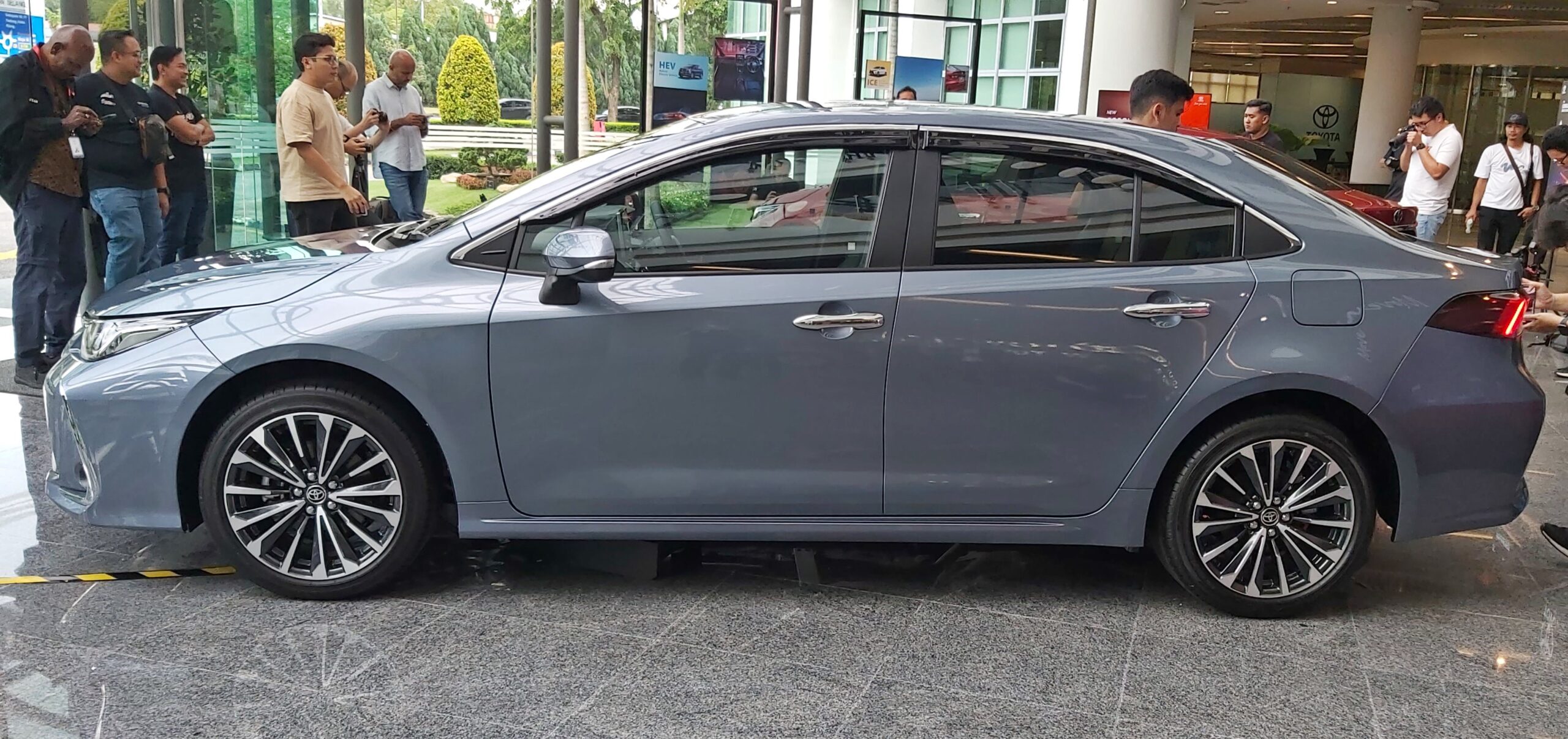
Challenging to change a sound product
For product planners, a product as established as the Corolla can be a challenge to improve. It’s a sound product, well built and already appreciated as good value for money. That success formula must then be maintained and whatever improvements are made have to be meaningful.
In the case of the updated Corolla – which is offered in two versions as before – there has been some restyling on the exterior, with the changes largely for the 1.8G which are also shared with the new Corolla GR Sport. The 1.8E is refreshed but not as extensively, though it is not apparent unless you actually scrutinise the spec sheet.
Five body colour choices for both versions are available – Celestite Gray Metallic, Red Mica Metallic, Platinum White Pearl MC, Attitude Black, and Metal Stream ME which is a brand new exterior colour. Prices are from RM147,800 for the 1.8G and from RM139,800 for the 1.8E.
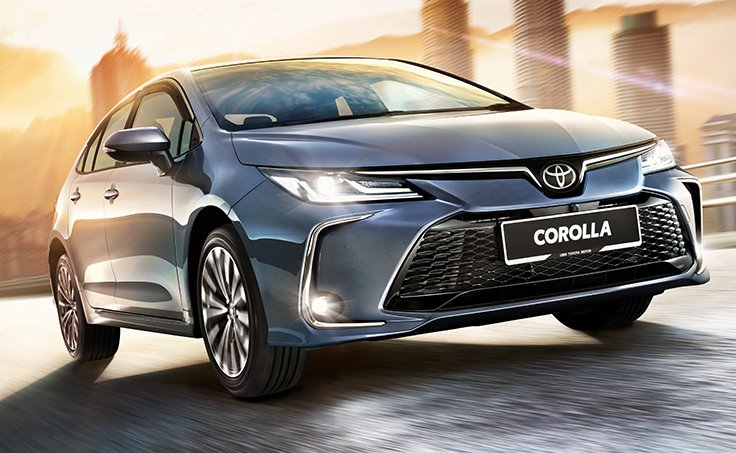
Aggressive ‘face’ from Furia concept
Since the 11th generation, the ‘face’ of the Corolla has become more aggressive, inspired by the Furia concept of 2013. In 2023, it has evolved with the grille becoming a stronger visual element.
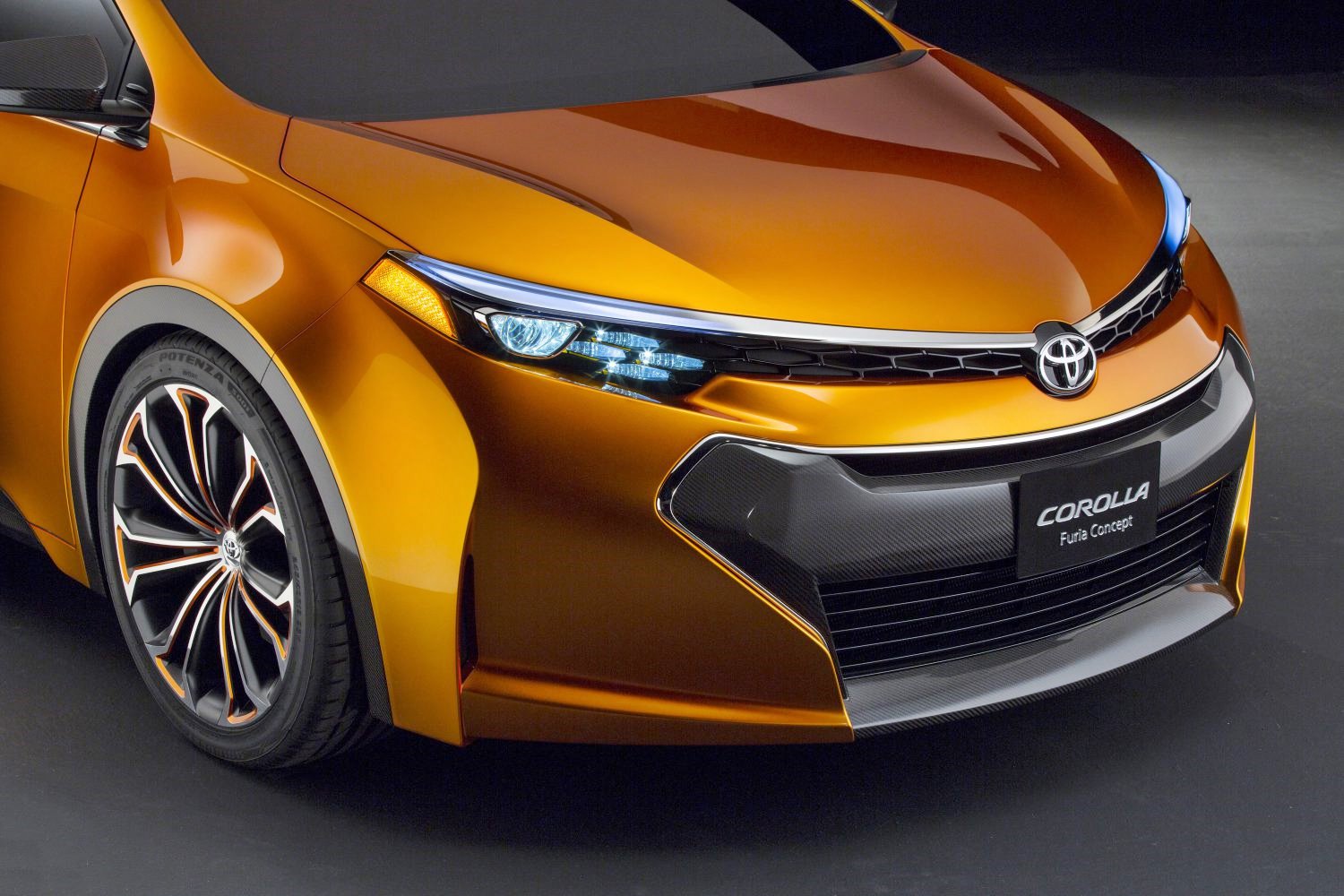
On the mesh-like grille, polyhedral dots create an ‘active’ expression, changing the visual texture and appearance depending on the viewing angle and lighting. This is probably inspired by the Lexus spindle grille which also looks ‘active’; as you change your position of looking at it, the pattern seems to change.
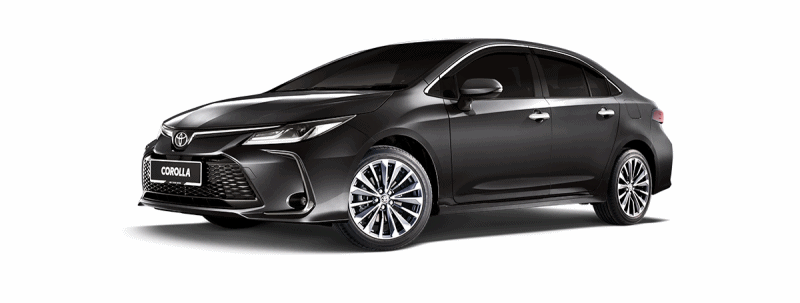
As the apertures have to be retained during mid-cycle updates, the lighting units at the front and rear are unchanged and use long-lasting, low-energy LEDs. These also allow more compact dimensions for the housings, leading to slim headlights that add to the visual sleekness.
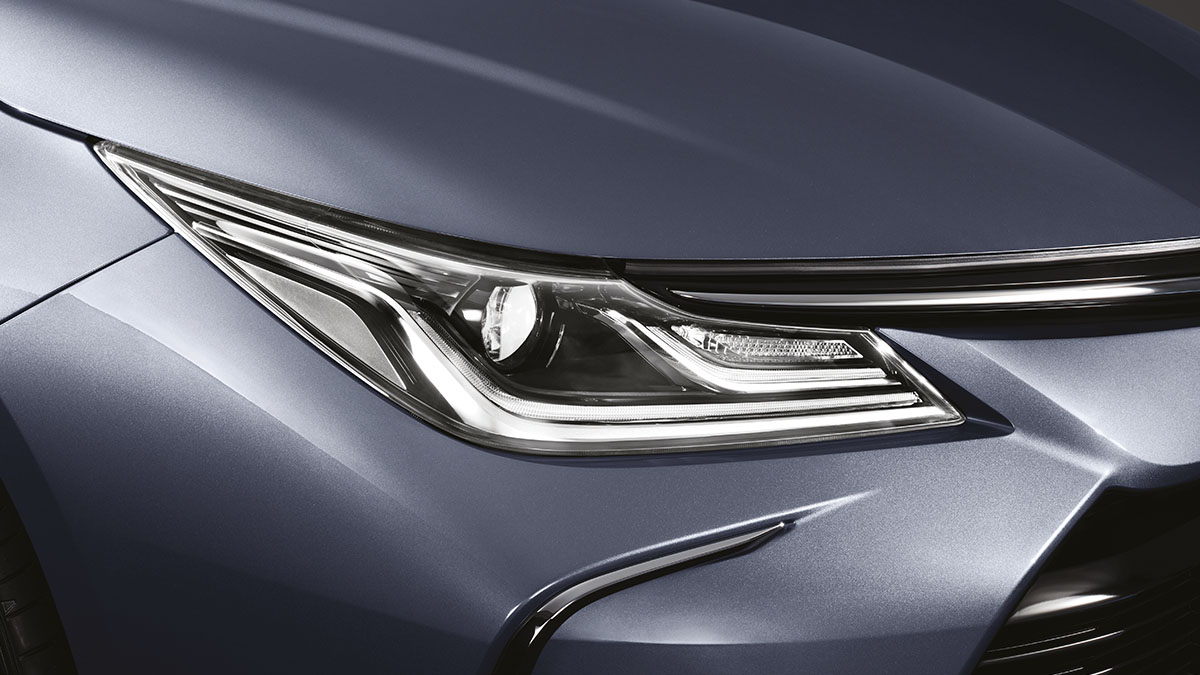
For better environment-friendliness, Toyota Super Olefin Polymer (TSOP) is used for the grille, hook cover, foglamp moulding, and bumper. TSOP is a highly recyclable thermoplastic resin with high surface quality and high rigidity.
New alloy wheel designs
Both variants have new designs for the alloy wheels. For the 1.8G, the 17-inch wheels have a multi-axis spoke configuration while the 16-inch wheels on the 1.8E have a simple twin-spoke style with a monochrome finish.
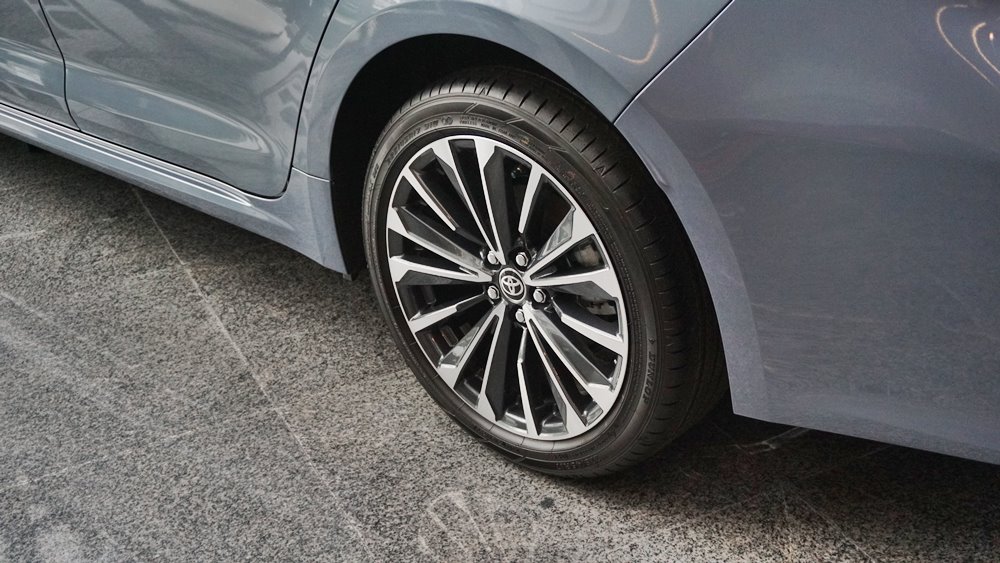
Standard tyre sizes are 225/45R17 for the 1.8G and 205/55R16 for the 1.8E. UMWT continues to provide full-sized wheels and tyres as spares which should please customers. For some, there is the expectation of 5 proper wheels as that is what they pay for, and the temporary-use tyre (or worse, a type repair kit) is disliked.
However, for the Corolla GR-S, the temporary-use tyre is provided due to the larger 18-inch wheels which won’t be able to into the recess in the boot floor. Having been designed earlier (probably before the GR-S idea was adopted), the engineers would have made the recess just right for 17-inch and 16-inch wheels and did not plan for anything larger to be accommodated.
Standard door visors
The overall appearance of the latest Corolla is not much changed and only the sharp-eyed will notice tinted door visors with the 1.8G (and Corolla GR-S). In the old days, these used to be accessories free which salesmen would sometimes give to customers to ‘sweeten’ the deal. Now UMWT makes them standard on these two Corolla versions.
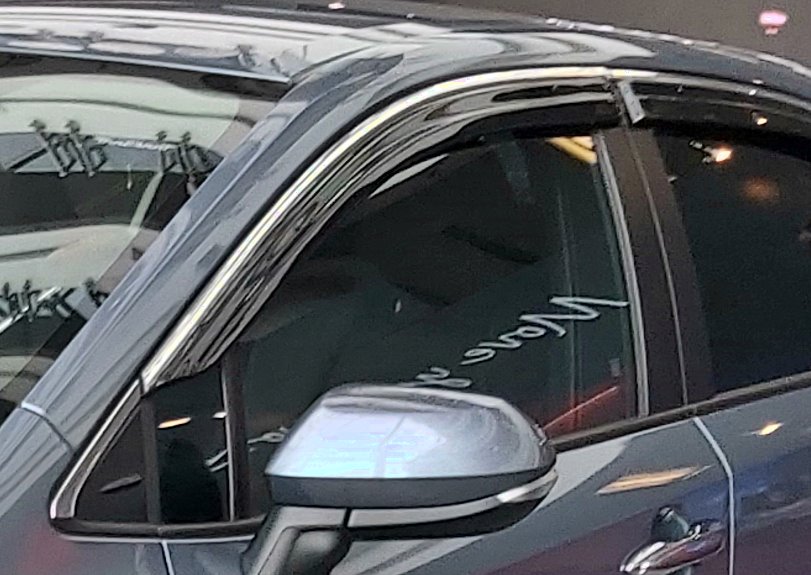
They used to be appreciated in the days when air-conditioning was not common and you had to lower the glass a bit when it rained to prevent misting. But these days, people hardly open their windows except at toll plazas and carparks. So while it is a value-added item, it is largely for visual enhancement.
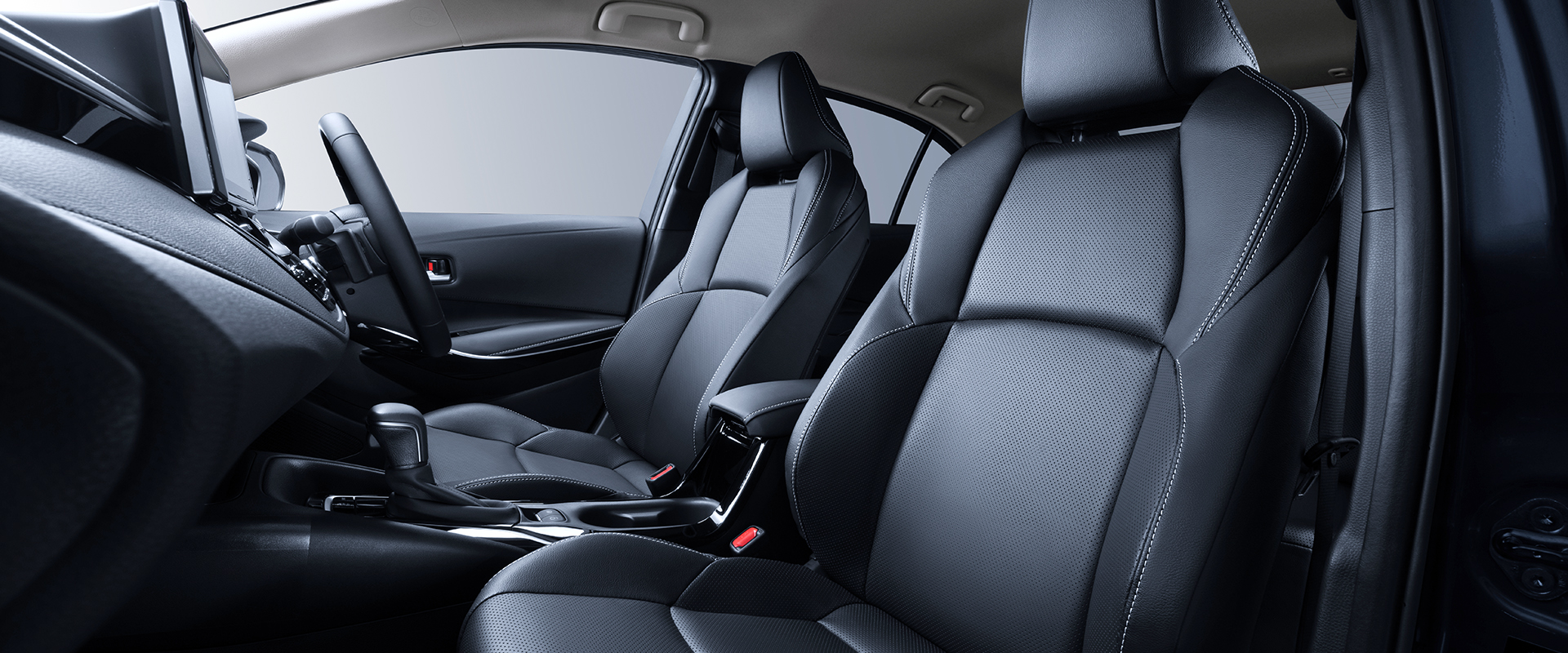
Inside too, there is no change to the overall appearance as it is a ‘carryover’ in industry language. The minor improvements/changes are a revised design and material for the seats for more comfort, Type-C USB power port in the centre console box and a clip to keep the phone from sliding around on the wireless charging pad. For devices requiring stronger electricity supply, there is also the traditional 12V socket with a 120W supply.
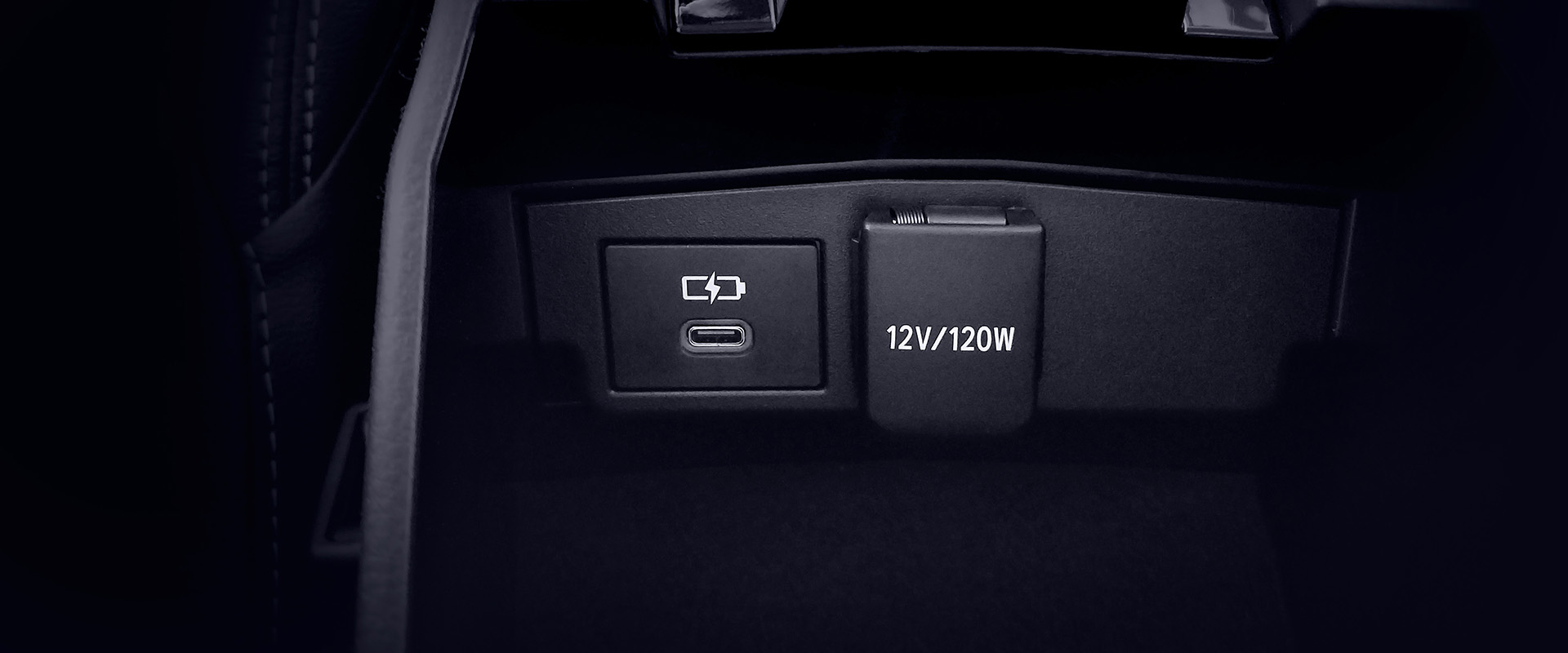
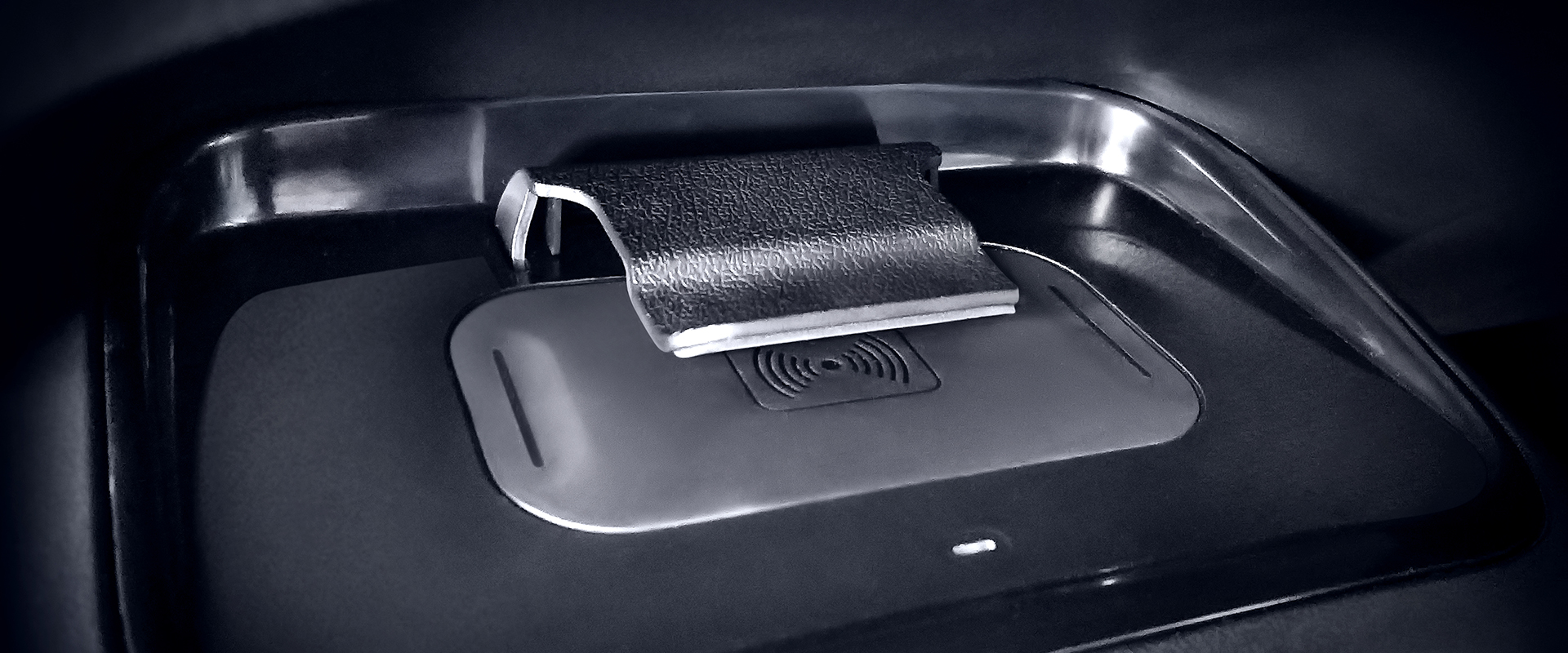
The Smart Entry system where you just press a button to unlock the door was already available before, but only on the driver’s good. Now the same convenience has been added to the front passenger door. But the passenger cannot unlock the door on the other side if the driver does not do so as the key fob needs to be close to the sensor. This is a good safety provision as you would not want a stranger also opening the door when you open it and get in with you!
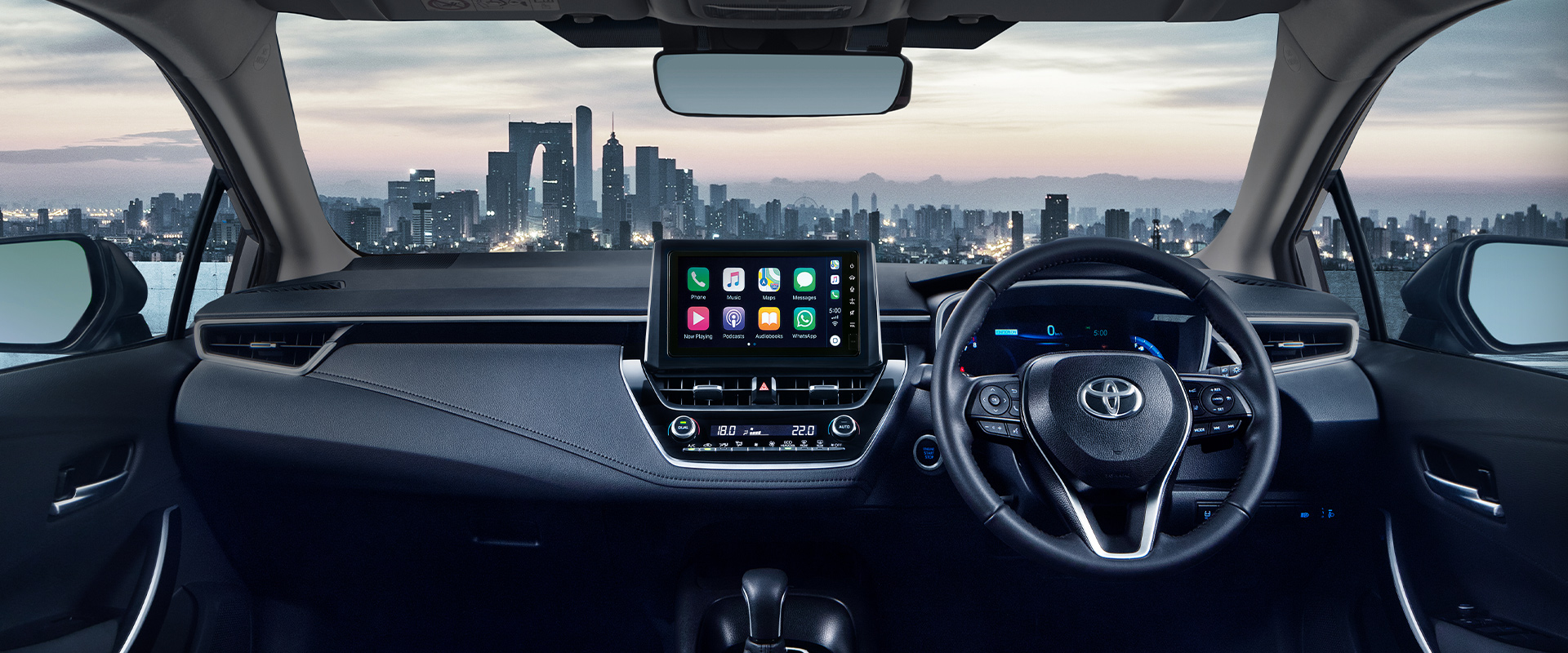
However, there is a major change in the instrument panel for the 1.8G (which is also used for the GR-S). The 12.3-inch wide fully digital display has great clarity and the layout is customisable. Besides being switched between analogue and digital, the driver can switch between four visual designs (Casual, Smart, Tough, Sporty) and three layouts to suit personal preferences.

There are also 3 MID (Multi Information Display) zones on the display panel, two of which are within the meters. Various running information such as shift position, fuel consumption, music track, etc are displayed in these MIDs.
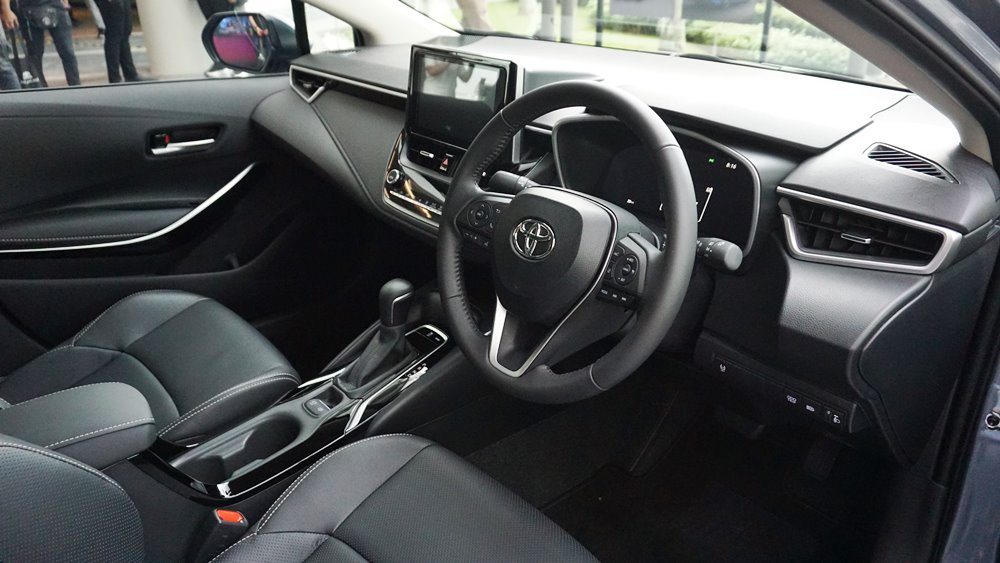
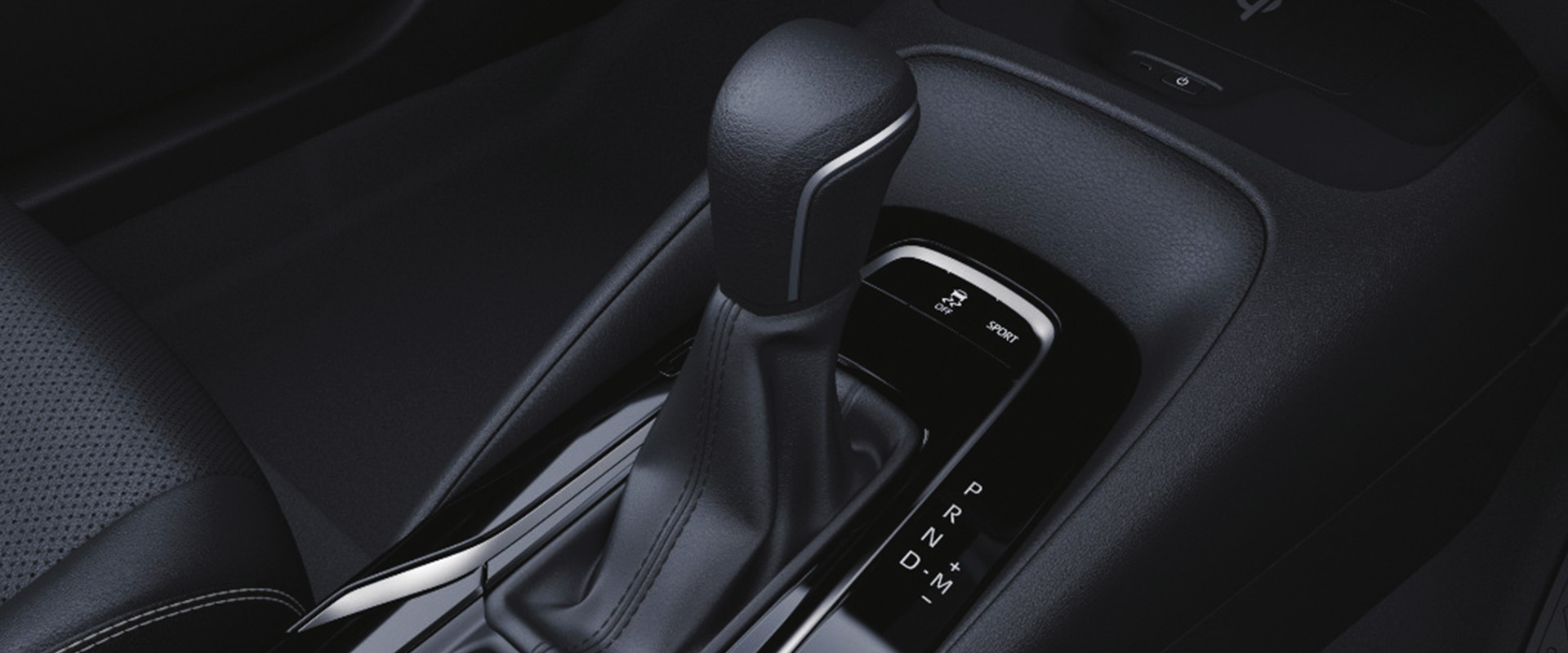
Drivers of the Corolla 1.8E get a standard meter package which also has good functionality. The 4.2-inch MID, which has a TFT panel and colour display, provides useful information during each journey.
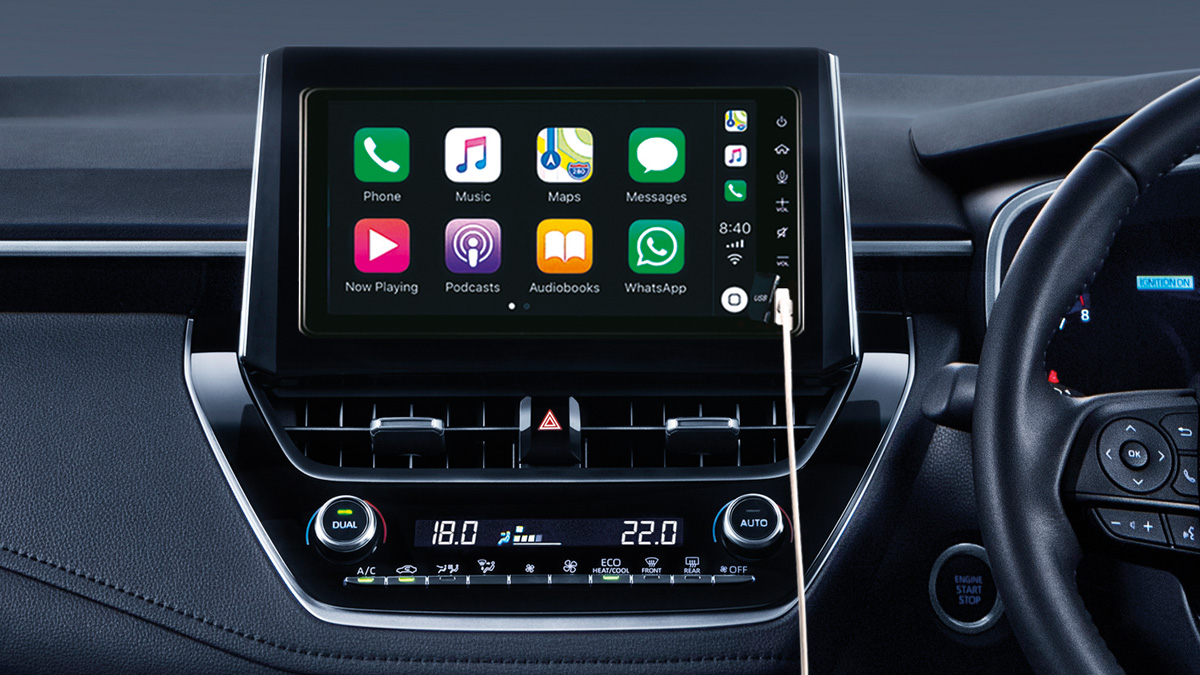
As before, there is a 9-inch display panel for the infotainment system which also shows imagery from the reverse camera (with guidelines). The infotainment system has Wired Apple Carplay and Android Auto, as well as other connectivity options.
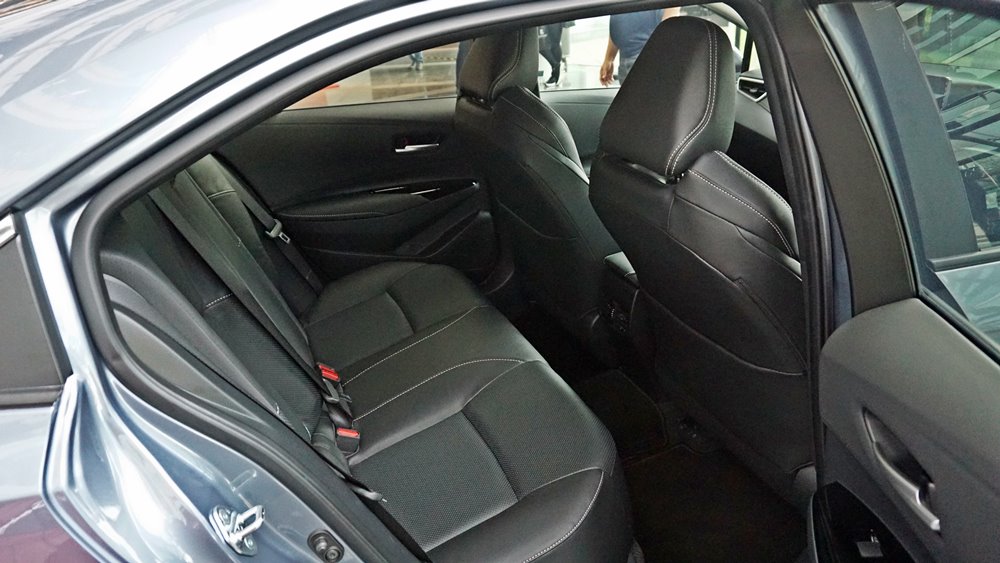
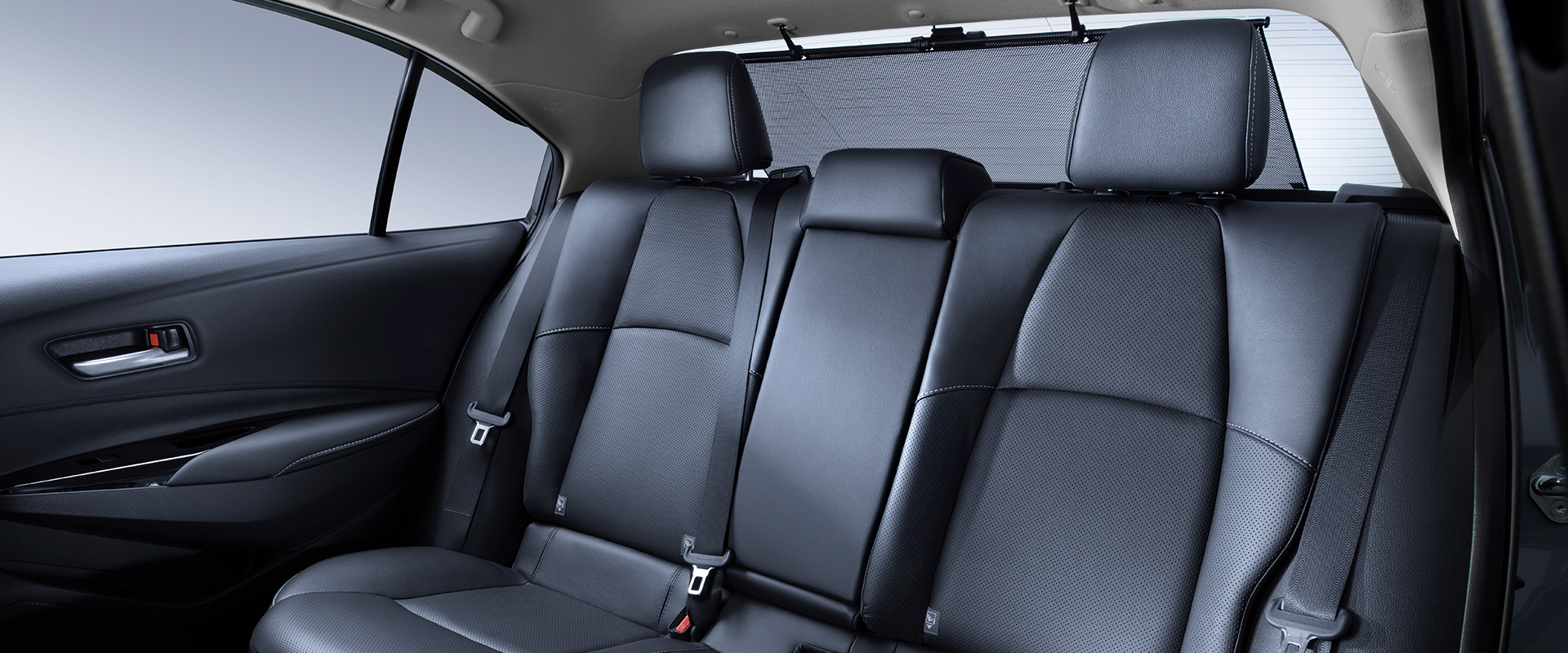
Unchanged drivetrain
The 1.8-litre Dual VVT-i drivetrain with CVT and chassis remain unchanged, perhaps having small internal improvements since the Japanese practice kaizen (constant improvement).
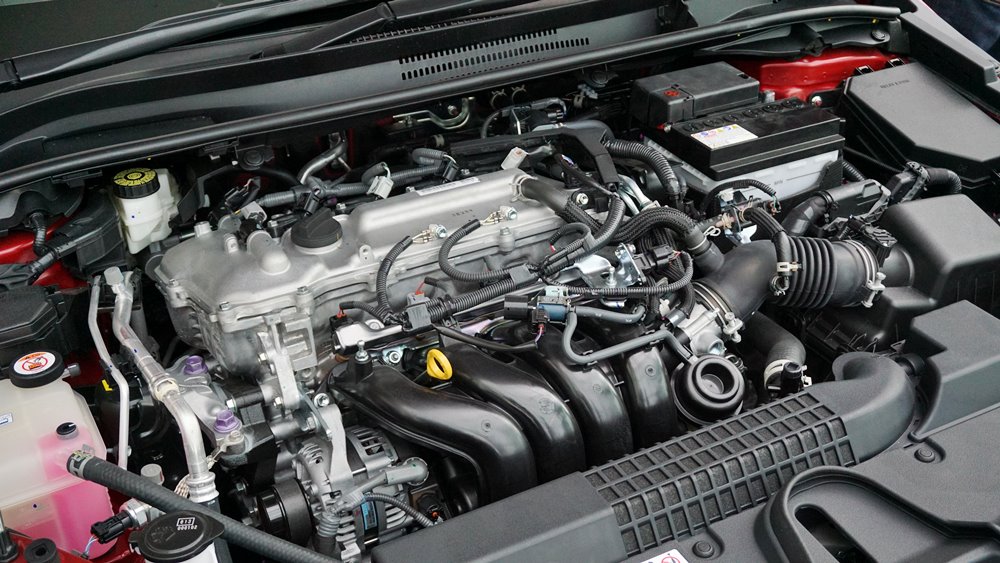
One small improvement that is known is the reduction of engine resonance. This has been achieved through revisions in the intake system which have reduced sound in specific frequencies.
TNGA
This generation of the Corolla was the first one in Malaysia with TNGA – Toyota New Global Architecture – which is a versatile platform and architecture with a safe and stronger body. With its lower centre of gravity, TNGA also contributes to more responsive and agile handling, as well as providing better ride quality.
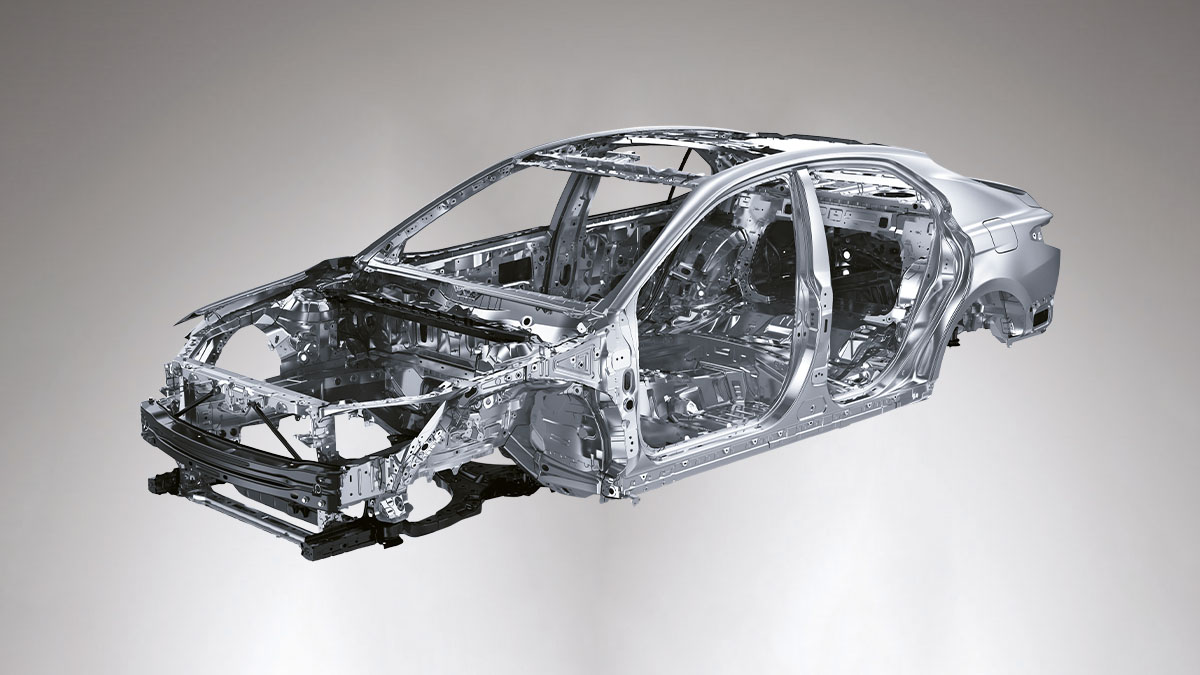
Toyota Safety Sense
The integrated driver assistance system known as Toyota Safety Sense (TSS) remains unchanged but is available only with the 1.8G and Corolla GR-S. It has 5 main active systems which use both a camera as well as a radar to scan the road ahead.
Not part of TSS but also useful in improving situational awareness is the Blind Spot Monitor which alerts the driver of another vehicle in the blind spot. This is now complemented (only in 1.8G) with a Rera Cross Traffic Alert (RCTA) system.
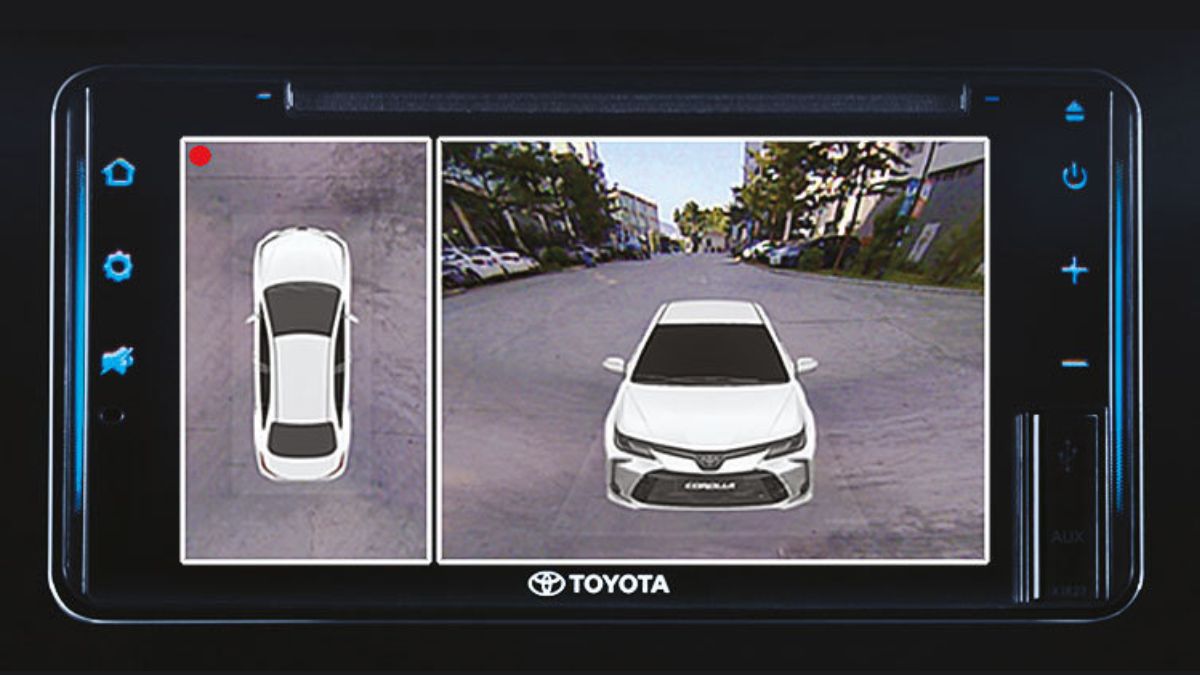
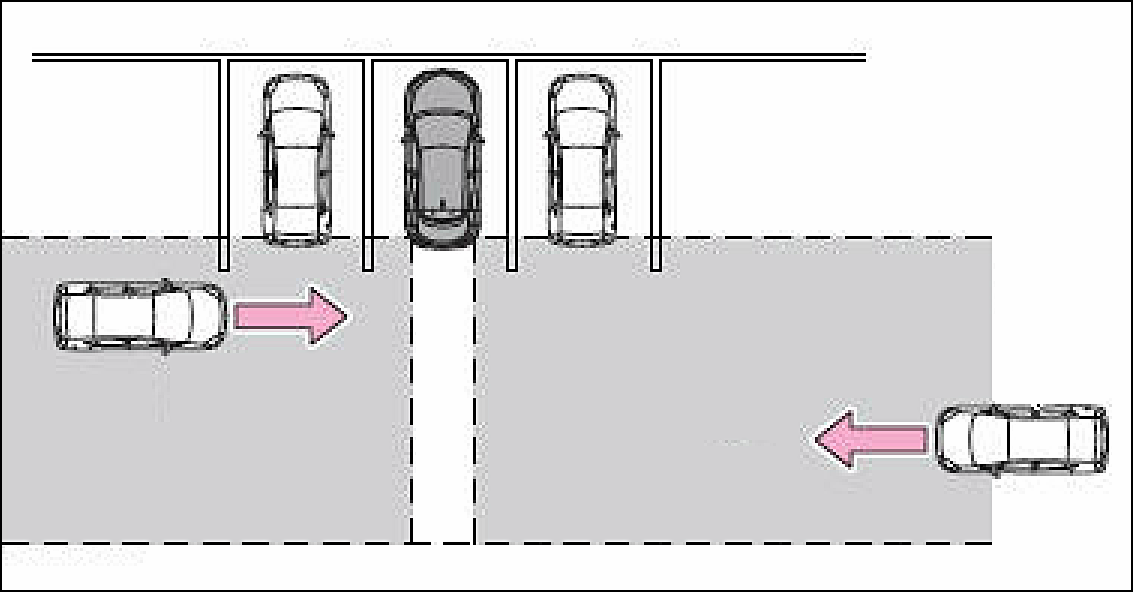
While the reverse camera provides a view of the area directly behind the car, it does not cover the left and right sides. This is where RCTA comes in and it scans the left and right sides as the car is being reversed out. There may be situations where the driver cannot see because other cars are blocking, so if RCTA detects a vehicle approaching, there will be an alert and the driver can stop moving.
The Corolla also comes with a Tyre Pressure Warning System which constantly monitors tyre pressures. In the event that one or more tyres have pressures that are significantly lower than normal or recommended, a warning will be shown for the driver to take the necessary action.
Vehicle tracking now included
As for security, Toyota has come a long way in this area. From just having a siren in the 1980s, there are now internal sensors and engine immobilizers which require a code to be deactivated.
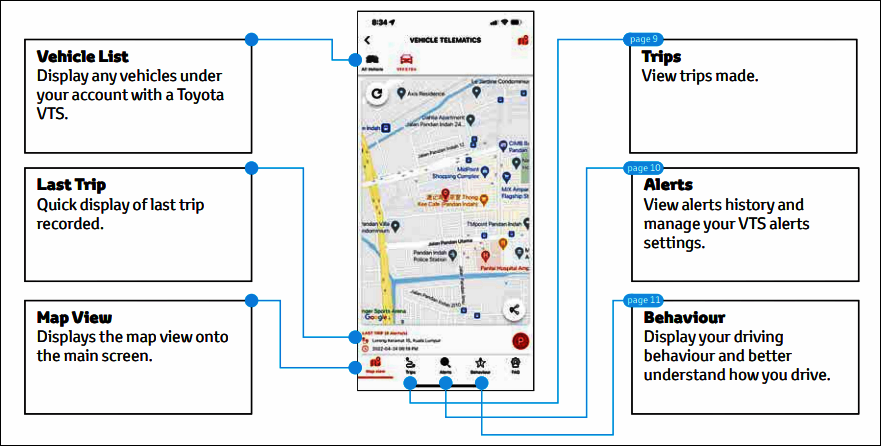
UMWT now also offers the Toyota Vehicle Telematics System (VTS) as standard with the 1.8G and GR-S. This is a tracking system which uses GPS/GSM for real-time vehicle location.
It is useful if the car is stolen as it can then be located and the police informed so recovery can be faster. There are also a few other useful features such as monitoring vehicle speeds which can be checked on a smartphone app.
Visit toyota.com.my to know more about the new Corolla and other Toyota models in Malaysia.
